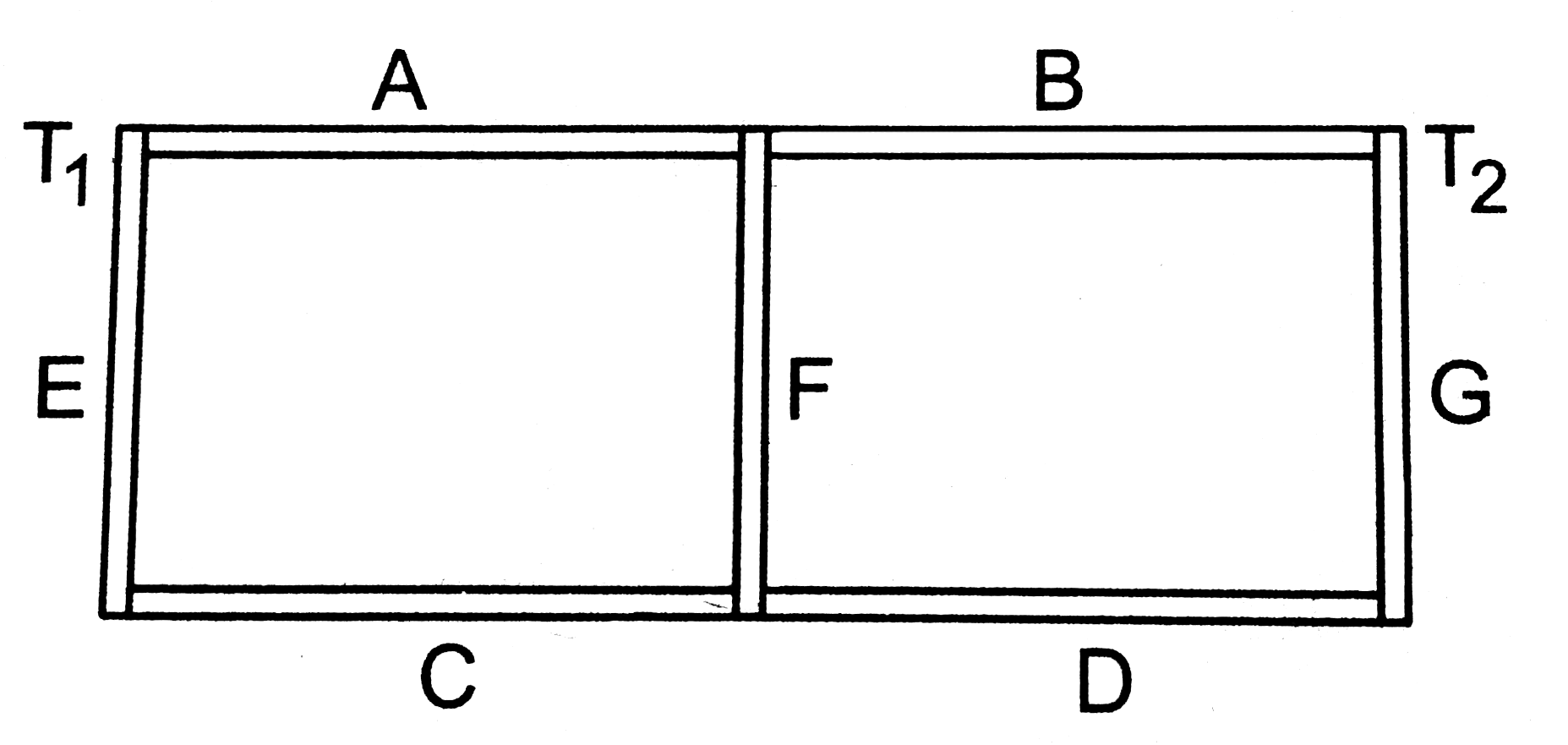If K1 is equilibrium constant at temperature T1 and K2 is the equilibrium constant at temperature T2, and if T2>T1 and reaction is endothermic then
K2>K1
K2<K1
K2=K1
All of these
The correct Answer is:A
Topper's Solved these Questions
- PHYSICAL AND CHEMICAL EQUILIBRIUMBOOK - SURA PUBLICATIONCHAPTER - PHYSICAL AND CHEMICAL EQUILIBRIUMEXERCISE - Very short answer question
18 Videos
- PHYSICAL AND CHEMICAL EQUILIBRIUMBOOK - SURA PUBLICATIONCHAPTER - PHYSICAL AND CHEMICAL EQUILIBRIUMEXERCISE - Short answer question
20 Videos
- PHYSICAL AND CHEMICAL EQUILIBRIUMBOOK - SURA PUBLICATIONCHAPTER - PHYSICAL AND CHEMICAL EQUILIBRIUMEXERCISE - Evaluation (Write brief answer to the following questions)
28 Videos
- PERIODIC CLASSIFICATION OF ELEMENTSBOOK - SURA PUBLICATIONCHAPTER - PERIODIC CLASSIFICATION OF ELEMENTSEXERCISE - NUMERICAL PROBLEMS
2 Videos
- PUBLIC EXAMINATION - MARCH 2019BOOK - SURA PUBLICATIONCHAPTER - PUBLIC EXAMINATION - MARCH 2019EXERCISE - Part - IV
19 Videos
Similar Questions
If K1 is the equilibrium constant at temperature T1andK2 is the equilibrium constant at temperature T2and If T2>T1 and reaction is endothermic then
View SolutionIf K1= Rate constant at temperature T1 and k2 rate constant at temperature T2 for a first order reaction, then which of the following relation is correct ?
View Solution
Knowledge Check
If K1 is the equilibrium constant at temperature T1andK2 is the equilibrium constant at temperature T2and If T2>T1 and reaction is endothermic then
AK2<K1BK2=K1CK2>K1DAll of theseFor a given exothermic reaction , Kp and k'p are the equilibrium constants at temperatures T1 and T2 respectively. Assuming that heat of reaction is constant in temperature range reaction is constant in temperature range between T1andT2 , it is readily observed that
AKp>K'pBKp<K'pCKp=K'pDKp=1k'pIf K1= Rate constant at temperature T1 and k2 rate constant at temperature T2 for a first order reaction, then which of the following relation is correct ?
Alog.k2k1=2.303RT[T2−T1T1T2]Blog.k2k1=Ea2.303RT[T2−T1T1T2]Clog.k2k1=Ea2.303RT[T1T2T2−T1]Dlog.k1k2=Ea2.303RT[T2T2T2−T1]
Seven rods A, B, C, D, E, F and G are joined as shown in figure. All the rods have equal cross-sectional area A and length l. The thermal conductivities of the rods are KA=KC=K0, KB=KD=2K0, KE=3K0, KF=4K0 and KG=5K0 . The rod E is kept at a constant temperature T1 and the rod G is kept at a constant temperature T2(T2>T1) . (a) Show that the rod F has a uniform temperature T=(T1+2T2)/3 . (b) Find the rate of heat flowing from the source which maintains the temperature T2 .

View SolutionFor a given exothermic reaction , Kp and k'p are the equilibrium constants at temperatures T1 and T2 respectively. Assuming that heat of reaction is constant in temperature range between T1andT2 , it is readily observed that
View SolutionFor a given exothermic reaction, KpandK′p are the equilibrium constants at temperatures T1andT2 respectively. Assuming that heat of reaction is constant in temperature range between T1andT2, it is readily water that
View SolutionFor a given exothermic reaction ,KPandKp' are the equilibrium constant at temperature T1andT2 respectively .Assuming that heat of reaction is constant in temperature range between T1andT2 , it is readly observed that
View SolutionVan't Hoff's equation for a chemical reaction under equilibrium is given by standard reaction enthalpy at temperature T and K is the equilibrium constant . Predict how K will vary with temperature for an exothermic
View Solution
